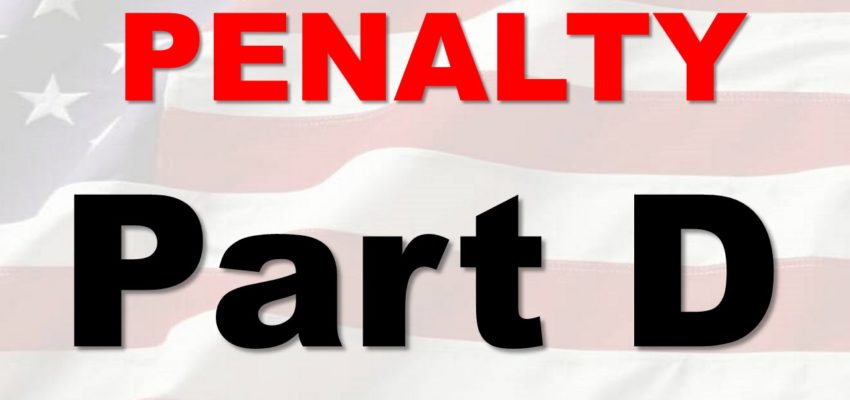Medicare Part D Income Penalty 2017
This post will explain the Medicare Part D Income Penalty 2017.
The cost of your Medicare Part D coverage will go up if, you reported an adjusted gross income of over $85,000. for a single person on your IRS tax return from 2 years ago. For couples, your cost rises if the income you reported on your IRS tax return two years ago equaled more than $170,000. The income that Medicare uses to assess your Part D cost is your adjusted gross income as well as any other type of tax-exempt income you may have.
In fact, The rate you pay will change according to how high your income level is. The more income you have, the higher your premium for Part D coverage will rise. Your normal part D plan premium payment will stay the same and you will continue to use the same payment method. Medicare will automatically deduct any additional premium charges you receive directly from your Social Security check. Medicare will send you a bill only if the additional premium amount is more than your Social Security check.
The additional premium uses a calculation that starts with the national base beneficiary premium of $35.63 for 2017. Below we have listed some examples of the rise in premium cost levels for Part D. The examples will help you figure out how much more you will pay for Part D coverage in 2017. Additional costs will not apply unless, your income is above the specified amounts.
Additional premium costs for Medicare Part D in 2017, as calculated by income level as follows:
| Individual – Adjusted Gross Income – | Couples – Adjusted Gross Income – | Additional premium cost |
| $85,000 or less | $170,000 or less | $0.00 |
| $85,001 up to $107,00 | $170,001 up to $214,000 | $13.30 |
| $107,001 up to $160,000 | $214,001 up to $320,000 | $34.20 |
| $160,001 up to $214,000 | $320,001 up to$428,000 | $55.20 |
| Amounts Over $214,000 | Amounts Over $428,000 | $76.20 |













Recent Comments